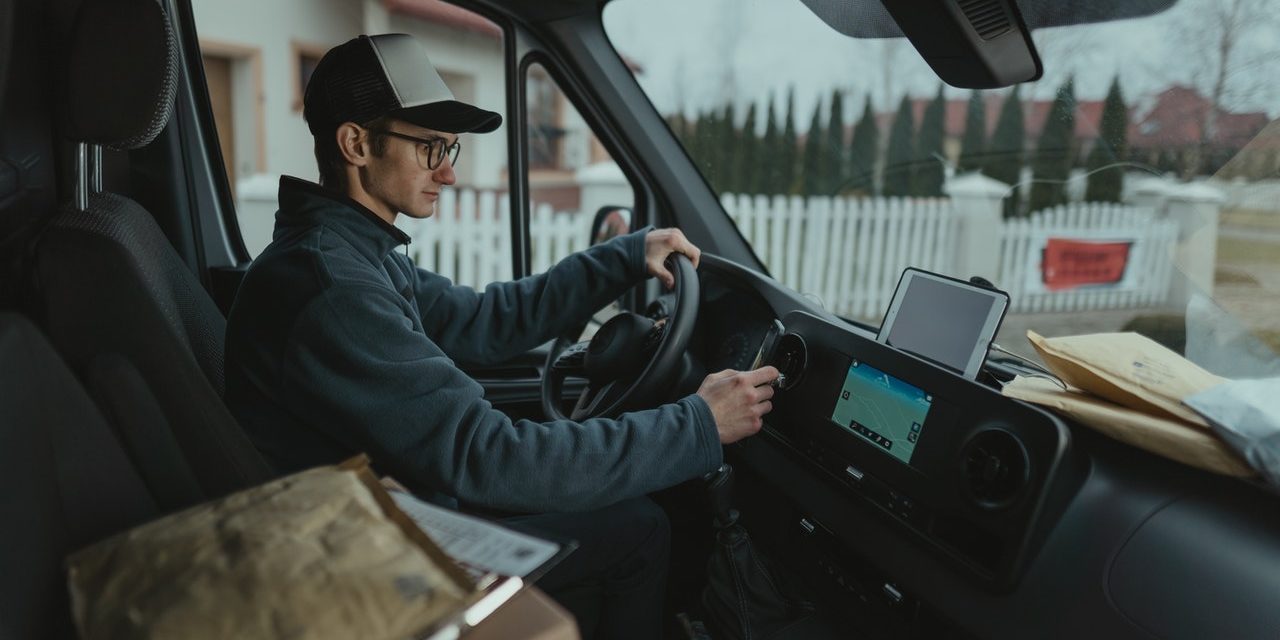The delivery business in the UK is undergoing rapid evolution, driven by changing consumer behaviours, technological advancements, and regulatory shifts. While the sector continues to grow, fuelled by the e-commerce boom and the demand for faster, more convenient delivery options, it also faces a host of challenges. Understanding these issues is crucial for businesses looking to navigate the complexities of the market, maintain competitiveness, and position themselves for future success. This article explores some of the biggest challenges currently facing UK delivery businesses and offers insights into how they can be addressed.
Navigating Brexit-Related Disruptions
The UK’s departure from the European Union has introduced a new set of challenges for delivery businesses, particularly those that operate across borders. Changes in customs regulations, increased paperwork, and potential delays at borders can significantly impact operations, costs, and service levels.
Strategies for Mitigation:
- Stay Informed: Keeping abreast of the latest Brexit-related regulations and procedures is vital. This includes understanding new customs declarations, tariffs, and VAT requirements.
- Enhance Supply Chain Flexibility: Develop more flexible supply chain strategies to cope with potential disruptions. This may involve diversifying suppliers, increasing stock levels of critical items, or exploring alternative transport routes.
- Invest in Training: Ensure that your staff, especially those involved in logistics and customer service, are well-trained in post-Brexit procedures to minimise errors and delays in shipments.
Adapting To Changing Consumer Expectations
Consumer expectations for delivery services are higher than ever, with demands for faster, more flexible, and often free delivery options. Meeting these expectations while maintaining profitability presents a significant challenge for delivery businesses.
Addressing Consumer Demands:
- Leverage Technology: Implement advanced logistics and transport management systems to optimise routes, reduce delivery times, and enhance tracking capabilities.
- Offer Flexible Delivery Options: Provide customers with various delivery choices, including next-day, same-day, and time-slot deliveries, to meet their convenience needs.
- Focus on Customer Service: Ensure excellent customer service, including efficient handling of inquiries and complaints, to build trust and loyalty even when facing operational challenges.
Prioritising Sustainability
As environmental concerns become increasingly prominent, sustainability is a growing challenge for delivery businesses. Reducing carbon emissions, minimising waste, and adopting eco-friendly practices are becoming essential for compliance with regulations and meeting customer expectations.
Embracing Sustainable Practices:
- Transition to Electric Vehicles (EVs): Invest in EVs for your delivery fleet to reduce greenhouse gas emissions. Take advantage of government incentives and grants available for businesses making this transition.
- Optimise Delivery Routes: Use route optimisation software to ensure the most efficient use of vehicles, reducing fuel consumption and emissions. One of the best options for optimising your delivery routes, and for ensuring a more efficient business, is with a transport management system. When you streamline your business with a TMS, you unlock more effective routes and reduce emissions. Look at Geo2 to learn more.
- Implement Packaging Innovations: Explore eco-friendly packaging options and encourage reuse and recycling to minimise waste.
Tackling The Last Mile Delivery Challenge
Last-mile delivery is often the most complex and costly part of the delivery process, accounting for a significant portion of the total delivery cost. With urban congestion and the push for quicker delivery times, optimising last-mile logistics is a major challenge for delivery businesses.
Strategies for Efficiency:
- Invest in Last Mile Delivery Solutions: Use technology specifically designed for last mile efficiency, such as dynamic routing software that adjusts in real-time to traffic conditions.
- Explore Alternative Delivery Methods: Consider using local collection points, lockers, or even drones and robots for deliveries in congested urban areas to reduce time and costs.
- Enhance Customer Communication: Provide customers with real-time updates and flexible delivery options, allowing them to choose time slots or alternative delivery points.
Cybersecurity And Data Protection
As delivery businesses increasingly rely on digital platforms for order processing, tracking, and customer engagement, the risk of cyberattacks and data breaches grows. Protecting sensitive customer and business data is paramount to maintaining trust and complying with regulations.
Enhancing Data Security:
- Implement Robust Security Measures: Invest in advanced cybersecurity software, secure payment systems, and regular security audits to safeguard against threats.
- Train Staff on Data Protection: Ensure that all employees are aware of the importance of data security and understand how to handle customer information securely.
- Stay Compliant with Regulations: Keep abreast of data protection laws, such as the GDPR, and ensure your business practices are fully compliant to avoid penalties and reputational damage.
Workforce Management And Driver Retention
Recruiting, training, and retaining a skilled and reliable delivery workforce is increasingly challenging in a competitive labour market. High turnover rates can disrupt operations and increase costs, making effective workforce management a critical concern.
Building a Strong Team:
- Offer Competitive Compensation and Benefits: Ensure your pay rates and benefits are competitive to attract and retain the best drivers and delivery personnel.
- Invest in Training and Development: Provide comprehensive training programs and opportunities for career advancement to increase job satisfaction and loyalty.
- Foster a Positive Work Environment: Create a supportive and respectful culture that values the contributions of all employees. Regular feedback and recognition can go a long way in building a committed workforce.
Regulatory Compliance And Legal Challenges
The delivery industry in the UK is subject to a range of regulatory requirements and legal challenges, from transport and environmental regulations to employment laws. Staying compliant while efficiently managing operations is a balancing act that requires constant vigilance and adaptation.
Navigating Regulatory Waters:
- Stay Informed: Regularly update your knowledge of industry-specific regulations, including changes in transport laws, environmental standards, and employment practices.
- Seek Expert Advice: Collaborate with legal experts specialising in the delivery sector to ensure your business practices align with current laws and regulations.
- Implement Compliance Programs: Develop internal compliance programs that include regular audits, staff training, and processes for addressing legal issues promptly and effectively.
Maintaining Fleet Efficiency And Reliability
For delivery businesses, the fleet is the heart of operations. Maintaining efficiency and reliability amidst rising fuel costs, vehicle maintenance, and the need for modernisation poses significant challenges. You need to make sure you’re doing all you can.
Ensuring Fleet Optimality:
- Regular Maintenance and Upgrades: Implement a strict maintenance schedule for your fleet and consider investing in newer, more efficient vehicles over time to reduce downtime and improve fuel efficiency.
- Leverage Fleet Management Software: Use fleet management solutions to monitor vehicle performance, schedule maintenance, and track fuel usage to identify areas for efficiency improvements.
- Explore Alternative Fuels: Investigate the feasibility of integrating electric vehicles (EVs) or other alternative fuel options into your fleet to reduce fuel costs and emissions over the long term.
Enhancing Customer Experience In A Digital World
In an era where digital interaction is the norm, delivery businesses must ensure that their customer experience keeps pace. From the ease of placing orders to the transparency of delivery tracking, the digital customer experience can significantly impact satisfaction and loyalty.
Optimising Digital Touchpoints:
- Invest in User-Friendly Platforms: Ensure your website and mobile apps are intuitive, easy to navigate, and provide all the necessary functionalities for customers to place and track orders effortlessly.
- Integrate Real-Time Communication: Offer real-time chat support and updates regarding delivery status to keep customers informed and engaged throughout the delivery process.
- Gather and Act on Customer Feedback: Regularly solicit customer feedback on their digital experience and actively work to address any issues or pain points identified.







